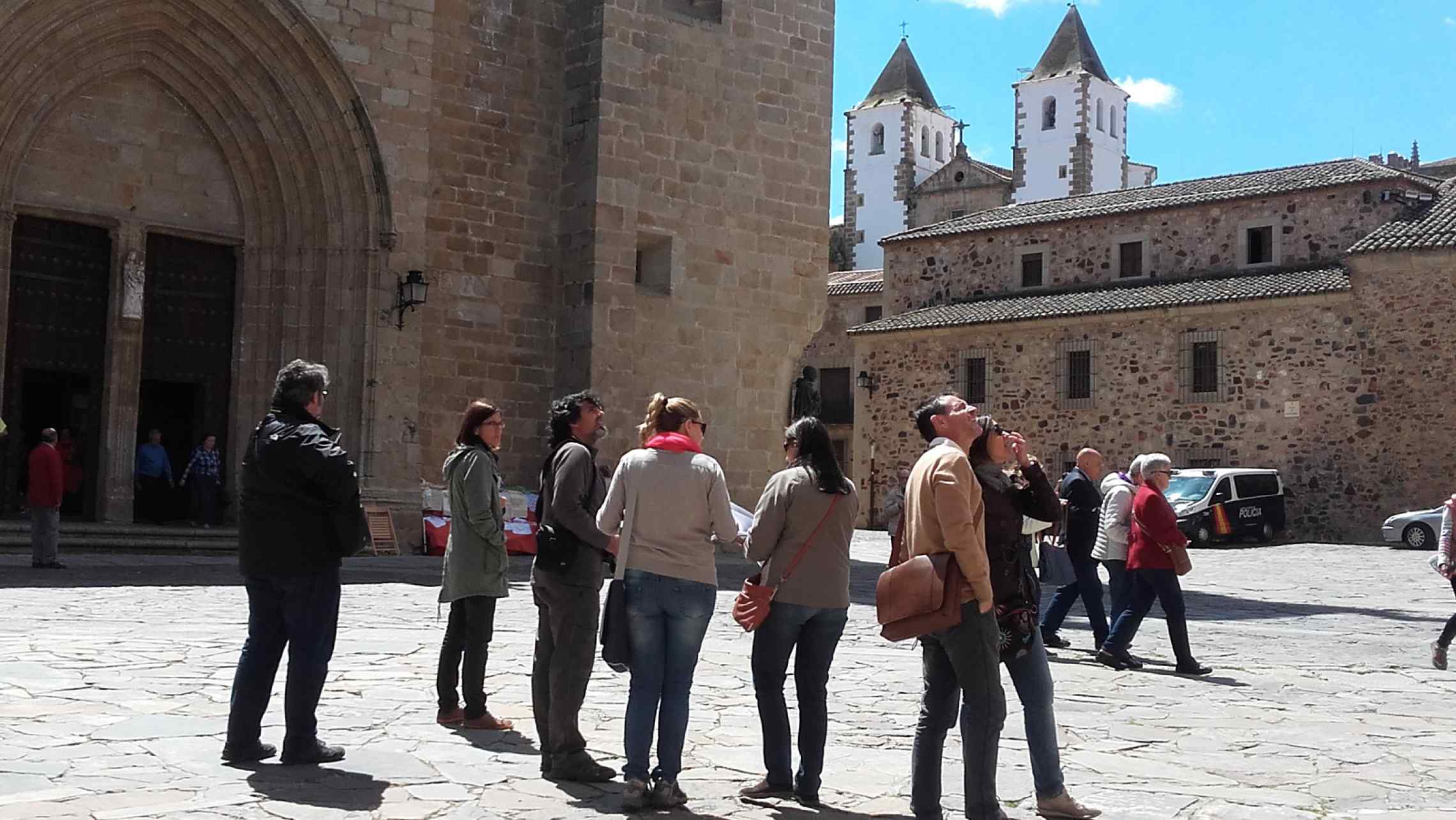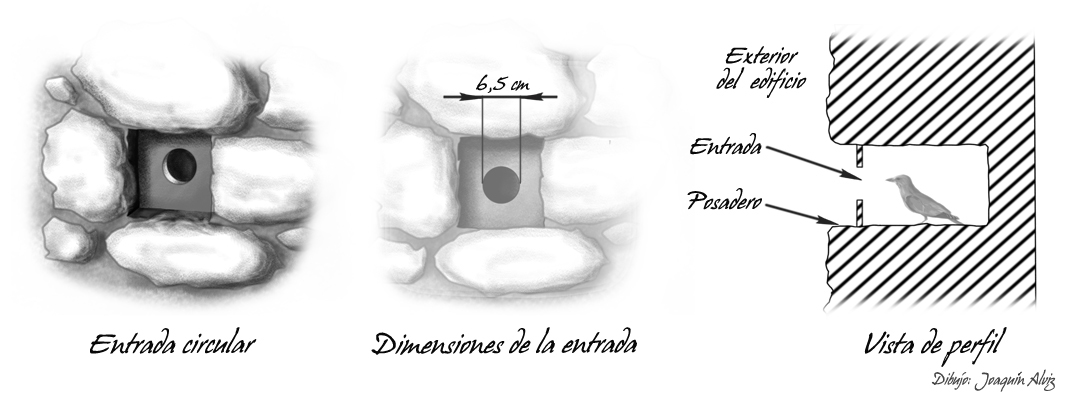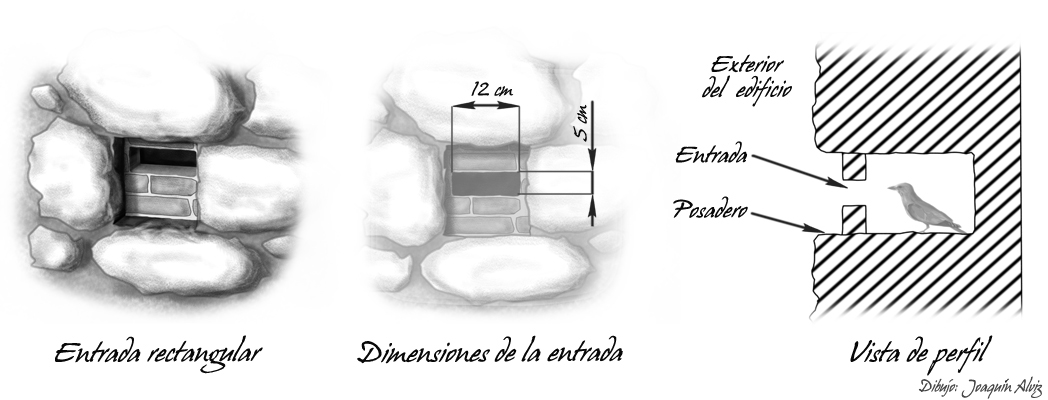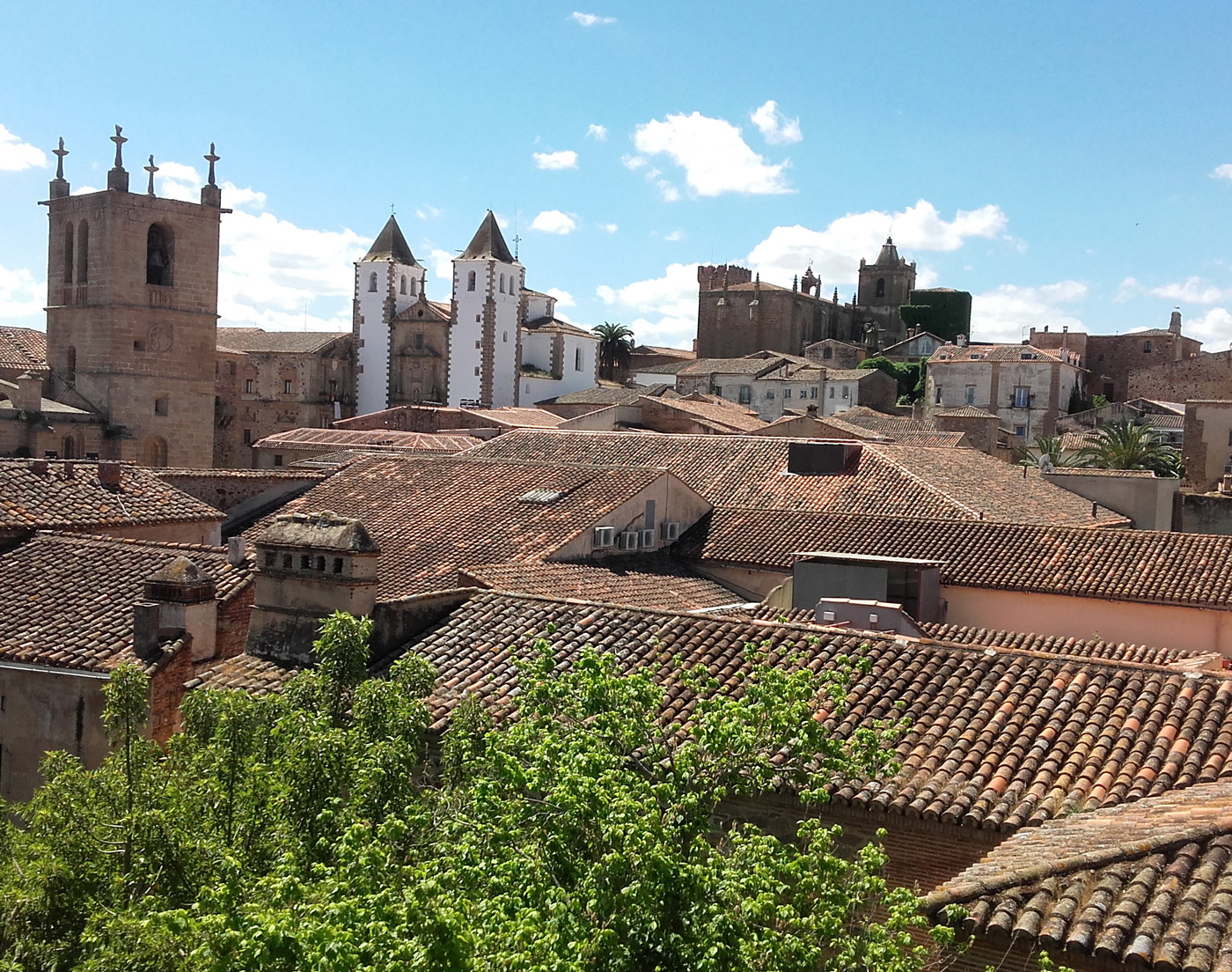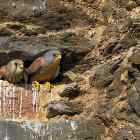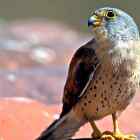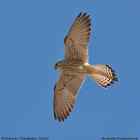The State Office of Libraries, Museums, and Cultural Heritage and the State Office for the Environment have made a joint visit to the centre of the historic city of Cáceres to assess the adaptation of holes for the nesting of the lesser kestrel.
Within the framework of action C1 of the LIFE-ZEPAURBAN project “The suitability of nesting sites in heritage buildings in urban ZEPAs of Extremadura”, 369 putlog holes located in various palaces and churches of the Historic City of Cáceres are expected to be adapted. With over 200 pairs of lesser kestrel, the ZEPA located in the city has one of the best preserved and most extensive historical ensembles in Europe, which has led to its declaration as a World Heritage Site.
So as to unify technical criteria, personnel from both State Offices have travelled to the historic city of Cáceres and have made a detailed assessment of each of the buildings subject to action and the necessary improvements. For each building and for each façade it has been determined which holes (owing to their location, characteristics, etc.) are suitable nesting sites for the lesser kestrel. The measurements of the putlog holes will be adapted so that they cannot be used by species such as jackdaws or pigeons which compete with lesser kestrels for the nest holes. Unlike lesser kestrels, these birds generate dirt and other problems for the owners of the buildings. The adaptation of the holes thus not only encourages the lesser kestrel but also avoids the presence of other birds that create a problem for the management of these buildings and for the population in general.
The work will not be carried out during the breeding season; they are expected to begin next autumn-winter. The materials used will be traditional ones compatible with historic stonework and will respect heritage protection and follow criteria for the conservation of historical buildings. The necessary reports and licences will be obtained before work is started.
